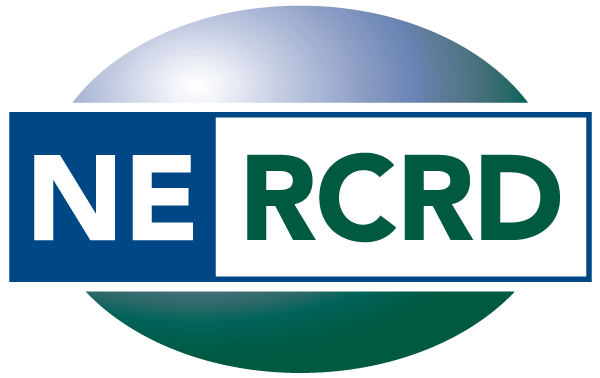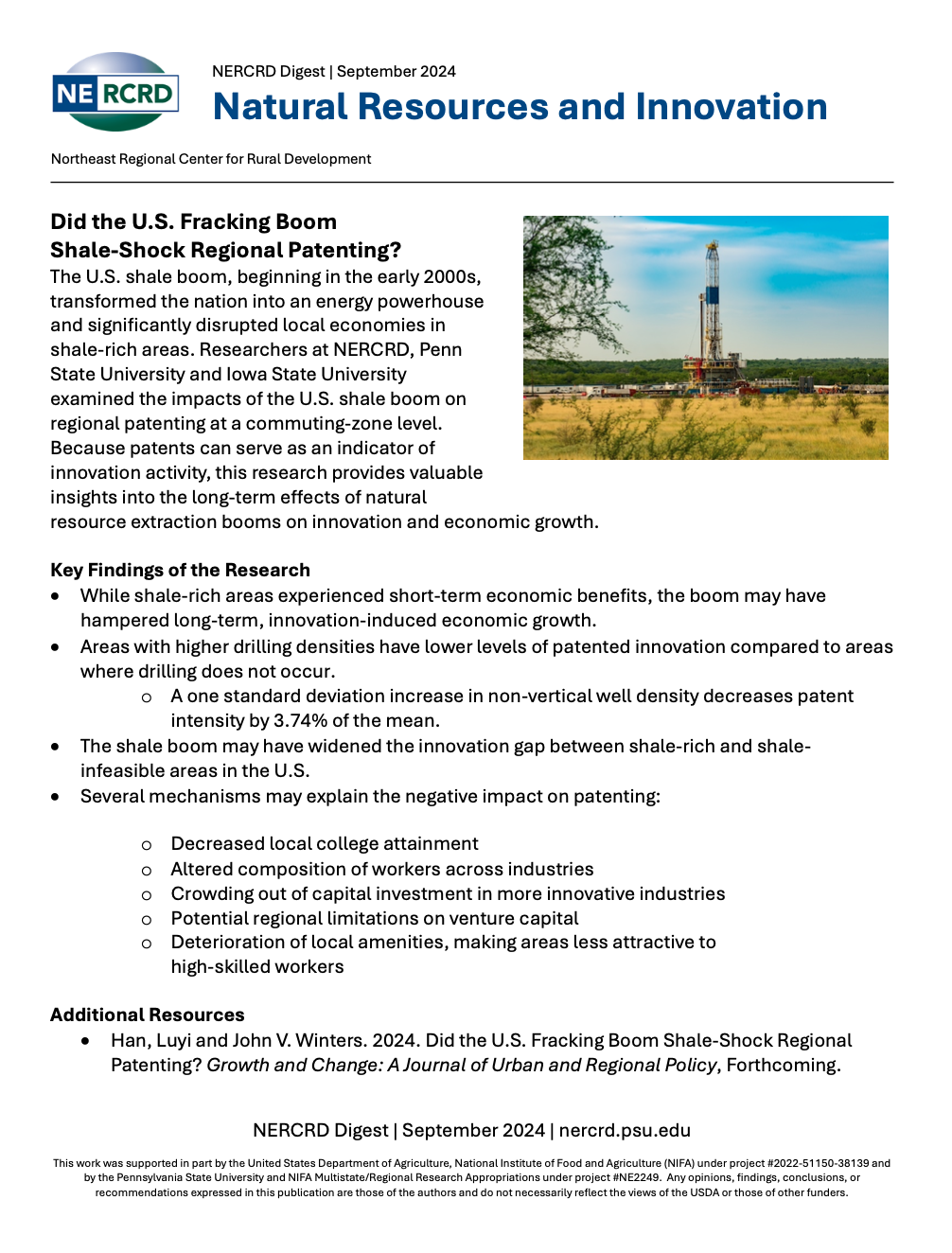Determining the optimal food hub location in the fresh produce supply chain
Abstract
Purpose: Using recent US regional data associated with food system operations, this study aims at building optimization and econometric models to incorporate varying influential factors on food hub location decisions and generate effective facility location solutions.
Design/methodology/approach: Mathematical optimization and econometric models have been commonly used to identify hub location decisions, and each is associated with specific strengths to handle uncertainty. This paper develops an optimization model and a hurdle model of the US fresh produce sector to compare the hub location solutions between these two modeling approaches.
Findings: Econometric modeling and mathematical optimization are complementary approaches. While there is a divergence between the results of the optimization model and the econometric model, the optimization solution is largely confirmed by the econometric solution. A combination of the results of the two models might lead to improved decision-making.
Practical implications: This study suggests a future direction in which model development can move forward, for example, to explore and expose how to make the existing modeling techniques easier to use and more accessible to decision-makers.
Social implications: The models and results provide information that is currently limited and is useful to help inform sustainable decisions of various stakeholders interested in the development of regional food systems, regional infrastructure investment and operational strategies for food hubs.
Originality/value: This study sheds light on how the application of complementary modeling approaches improves the effectiveness of facility location solutions. This study offers new perspectives on elaborating key features to encompass facility location issues by applying interdisciplinary approaches.
Authors: Houtian Ge, Jing Yi, Stephan J. Goetz, Rebecca Cleary, Miguel I. Gómez
Publication: Journal of Modelling in Management Date Published: August 13, 2024
Tags: EFSNE, food hub, supply chain
View Publication

